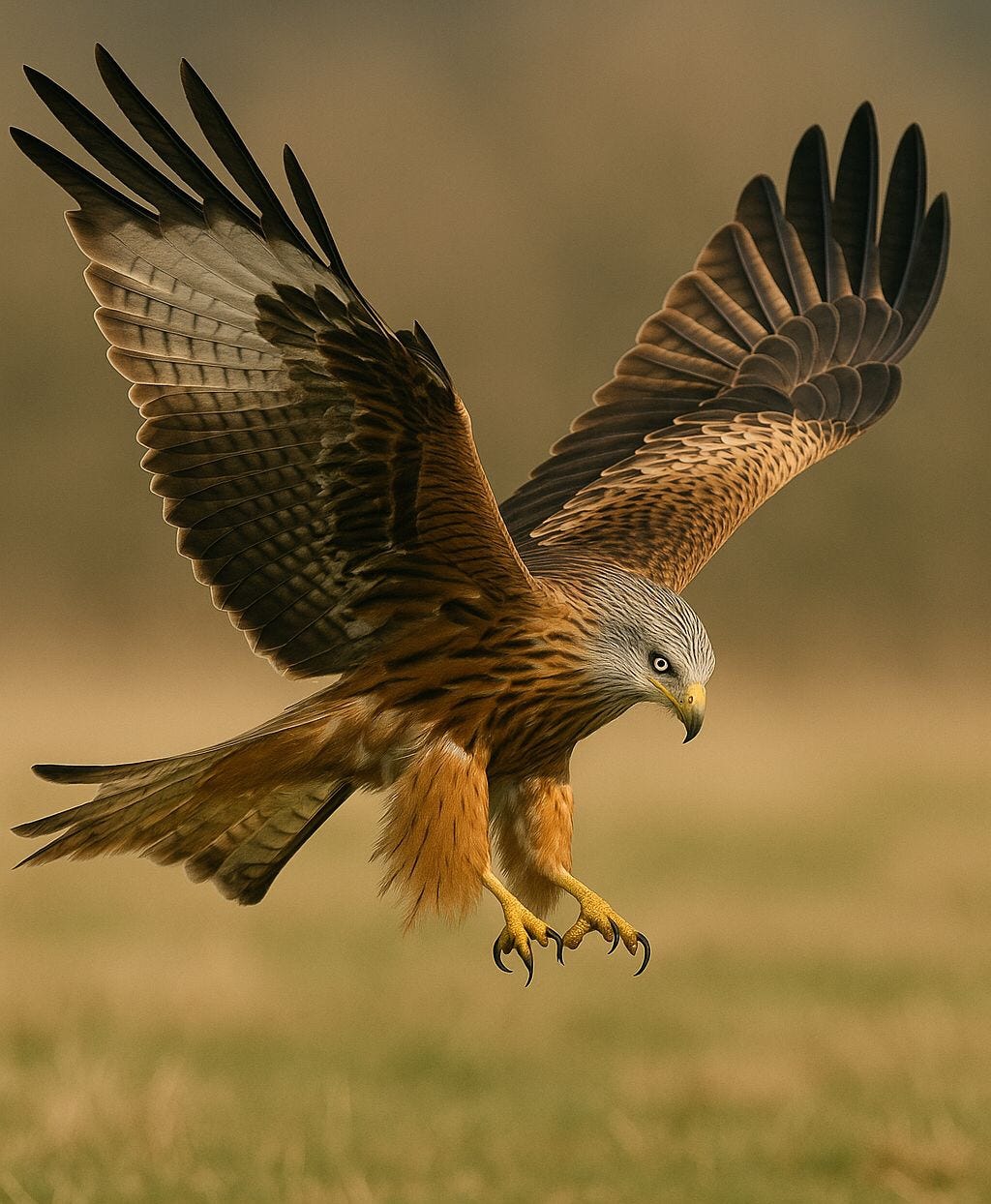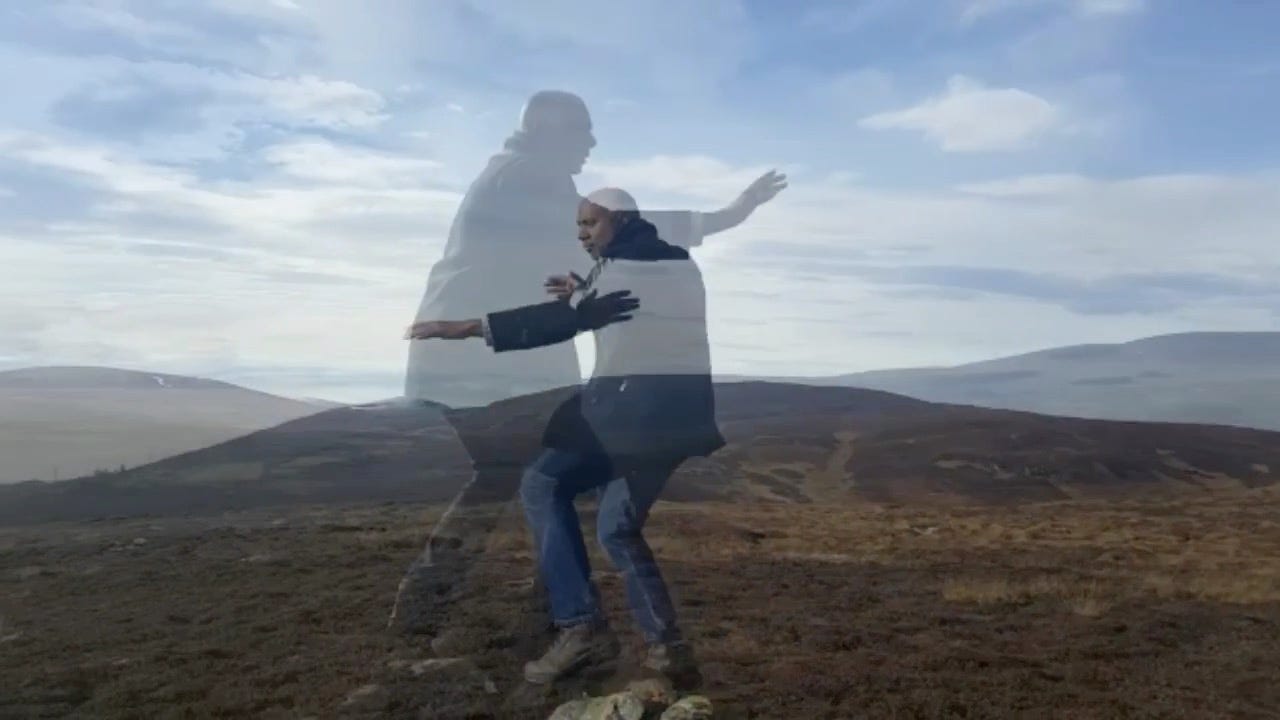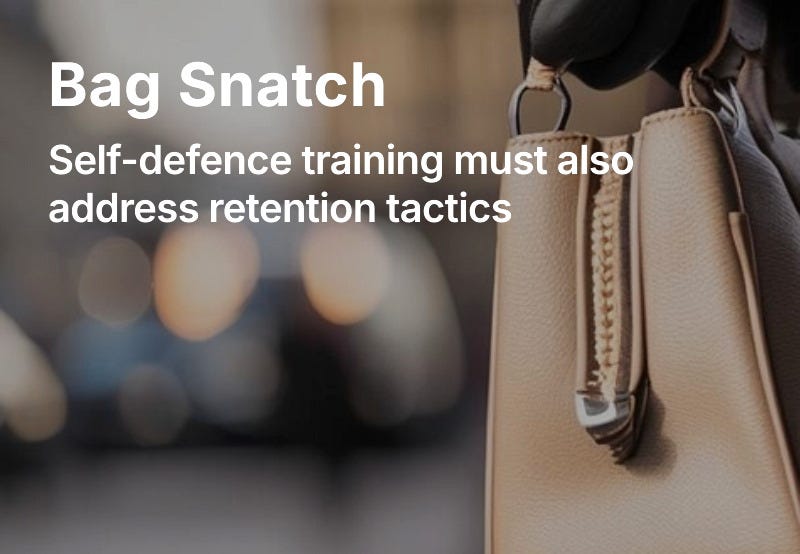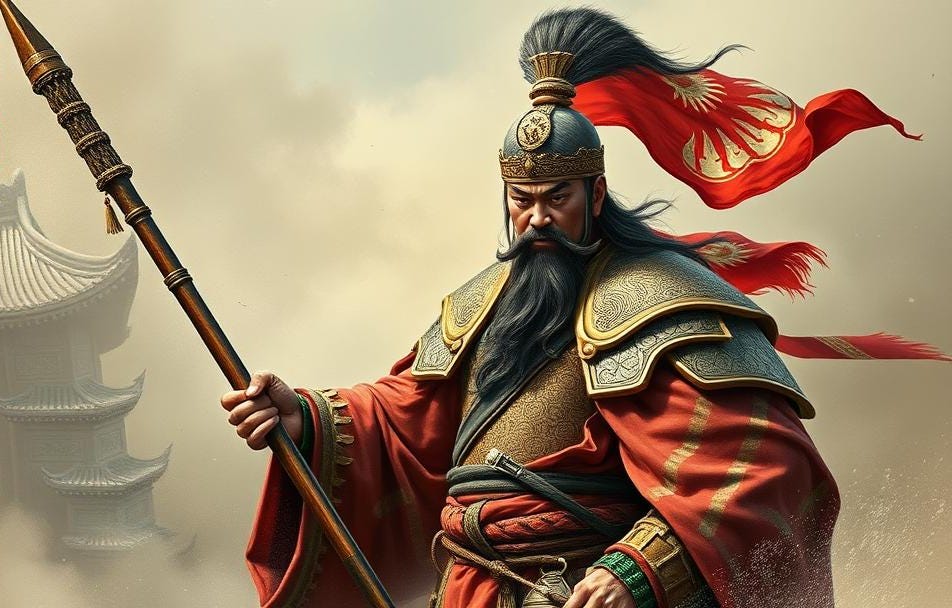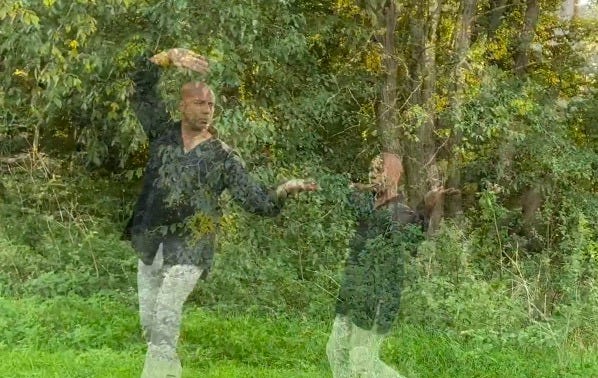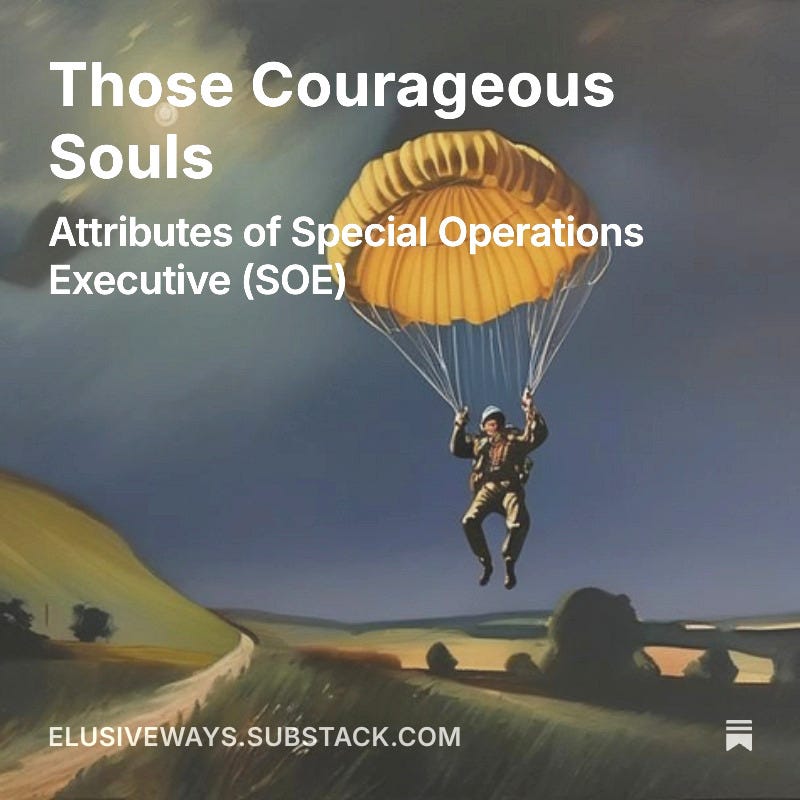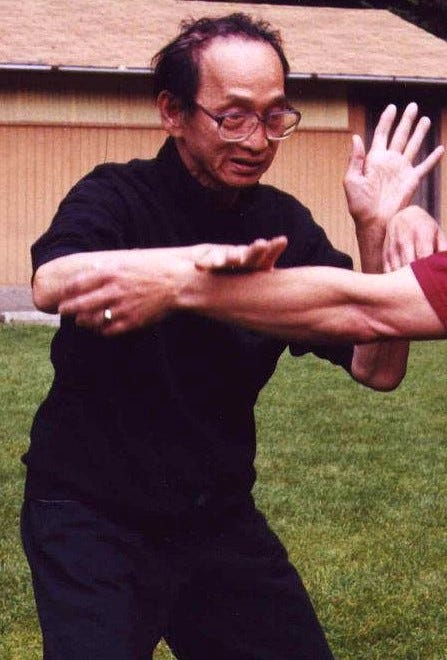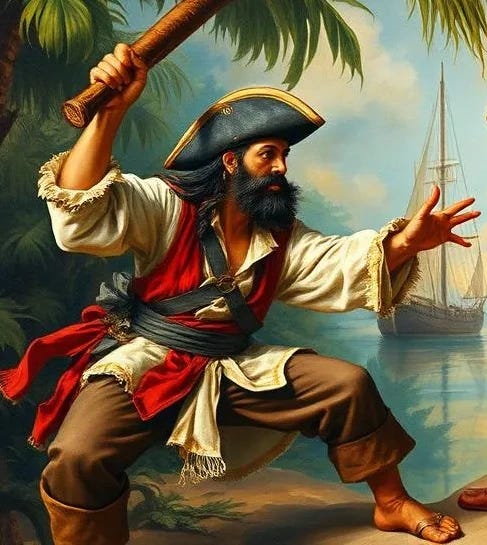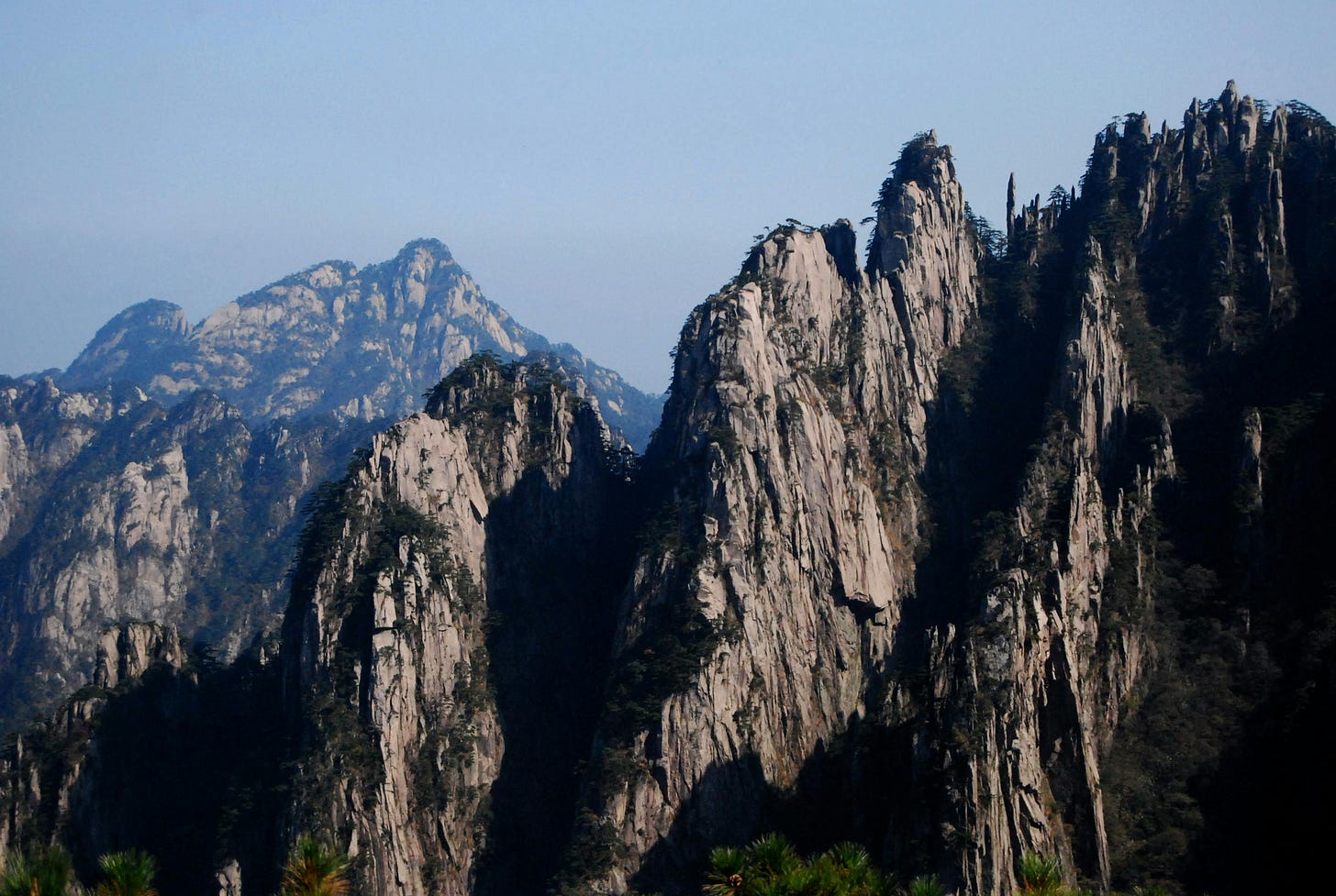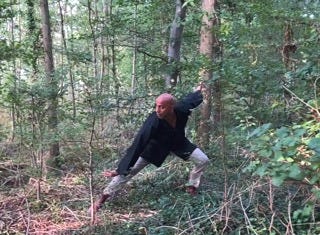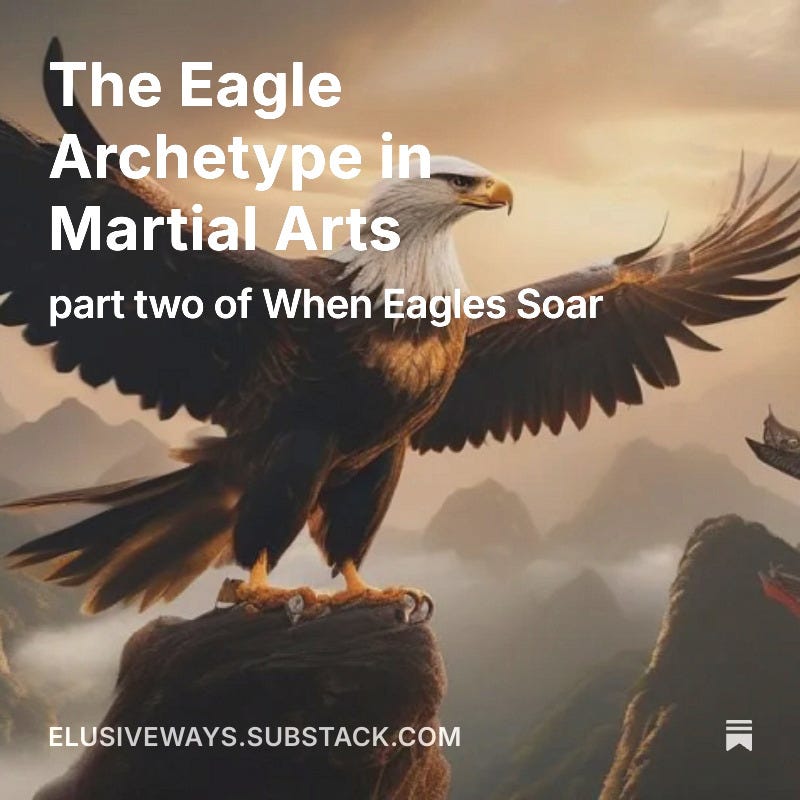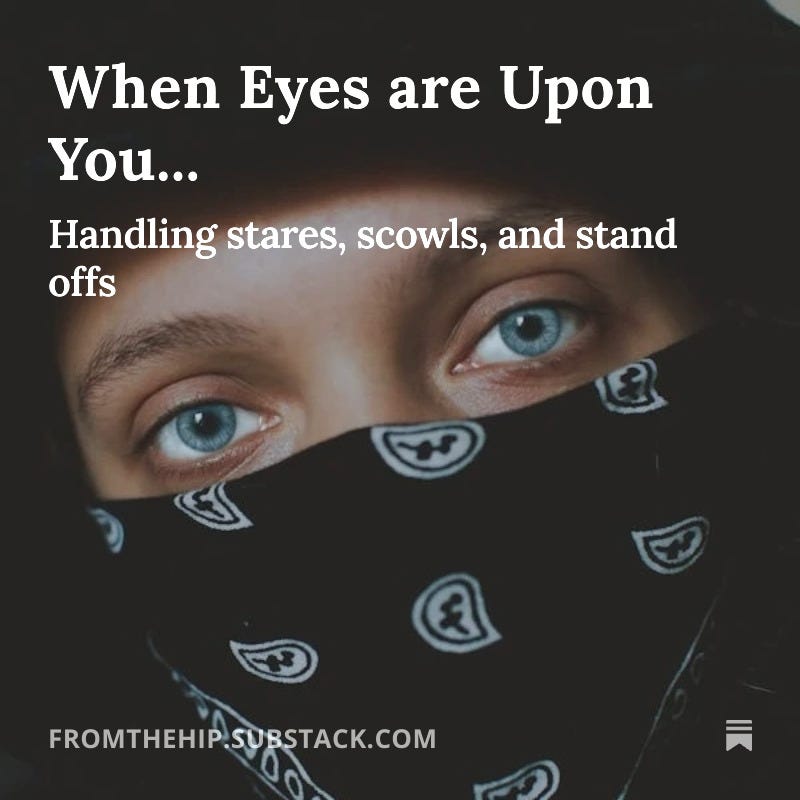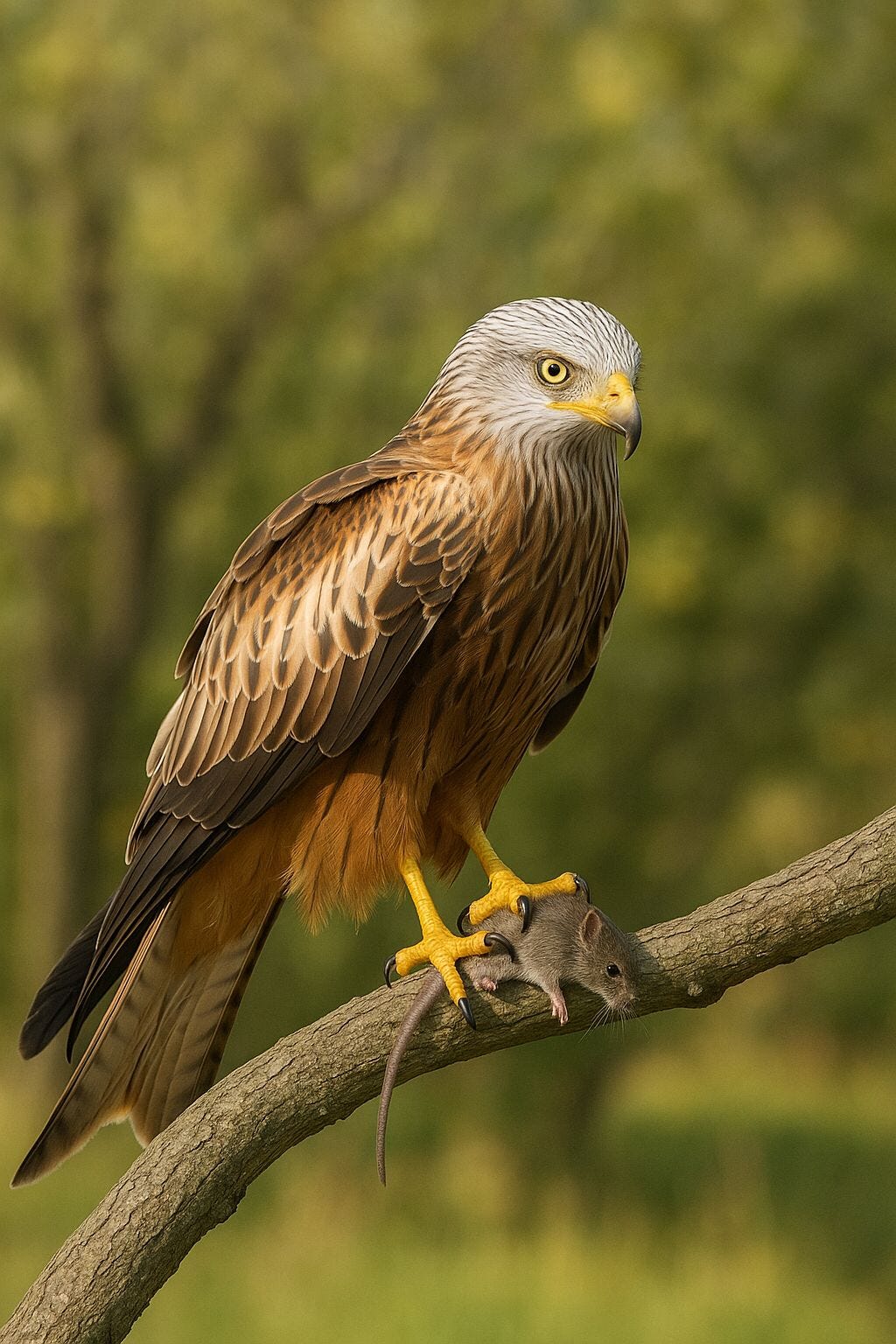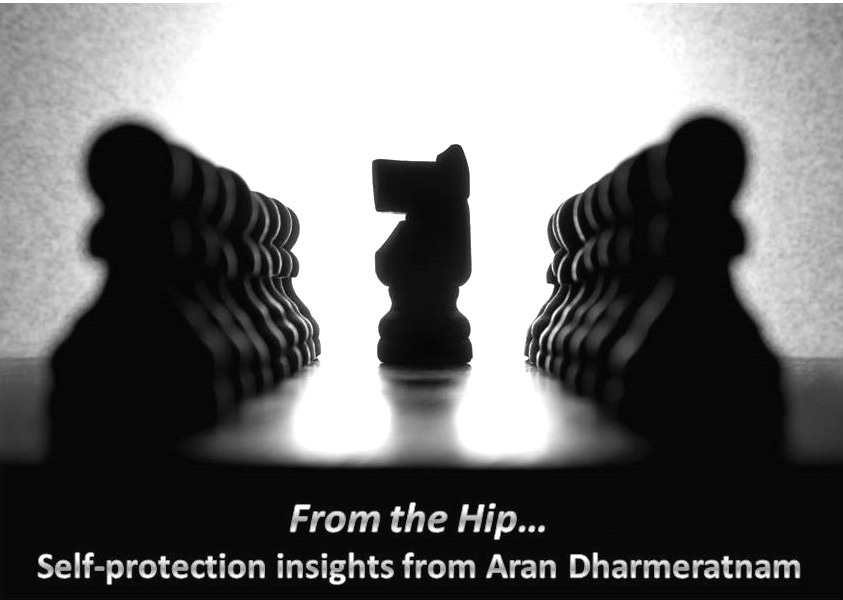During the lockdown phase in 2020, unable to do much in the investigations space and unable to train students, I decided to immerse myself in my own training. With more free time, it was a chance to go deeper into the internal arts.
My intuition and various pebbles along the way had drawn me back into arts I’d previously dabbled in or explored from various angles.
Symbols, clues and simply the sense that my body wanted to tap into the movements of Taoist internal arts, began with a return to the art of Hsing Yi, (Mind and Intention Boxing) with particular interest in its santi standing posture for building focus and resilience. Inner attributes that lent themselves well to my working environments.
There was also a strange sense of familiarity that my body and psyche seemed to have for this old art. The directness of its five element fists tactics and the go in and get the job done forward energy represented interesting aspects to cultivate and refine.
The art is somewhat based on the movements of battlefield spear techniques. Spear men needed to have a special type of fortitude to hold ground or press forward...
Also, I returned my attention to the other two Taoist internal arts that make up this rich trio of what are referred to as the Neijia arts.
Years ago, from various sources, I had picked up some decent knowledge of Bagua the spiral and circling Taoist art that makes use of palm strikes, sudden changes of direction and flanking movements.
Bagua can be an accessible art that was designed for situations where there are multiple opponents.
During an investigation, some years back, that suddenly led me into a face off with two aggressive Eastern European gang types, during the dialogue I could feel that art of Bagua suddenly loading up within, in preparation for incoming hostility of the physical kind, on a late night urban street.
The conflict stayed in the dialogue phase fortunately, so there was no skirmish but I thought it interesting that this approach suddenly came to the surface and felt accessible.
W.E Fairbairn who went on to train commandos and SOE operatives during WW2 may have learnt some Bagua palm strikes and low instep kicks, during his time in the Shanghai Municipal Police.
Fook Yueng, the less known teacher of Bruce Lee, also knew and effectively wielded Bagua, along with many other arts and internal practices.
My own approach to Bagua, I jokingly refer to as pirate Bagua, as it's simple, primal and practical. It's plundered movements from various lineages of Bagua but doesn't require the learning of lots of flowery movements.
My previous many years of training in the hand to hand system known as Systema, also helped me to further grasp the flowing moves of Bagua. There are some similarities between these arts, but they involve the utilisation of energy in different ways and have some distinct differences also.
Really though, for me, Bagua is a health practice to free and release tension from the muscles, spine and organs.
The circle walking practice is a deep walking stillness practice that can remove stress and calm the body, whilst cultivating energy. It’s also a mystery and puzzle to explore.
Then, there’s Tai Chi. I like the Yang form and have conducted some research into the skills of Professor Cheng Man Ching, the talented Yang style Grandmaster. Tai Chi also has some similaries with other soft arts, such as Systema.
My own practice involves the standing postures of zhan zhuang and a very short condensed form which has a very calming effect on the nervous system.
Tai Chi is a great approach when you want to diffuse tensions in a conflict. It’s about letting go yet it has its own interesting forms of power generation. On a deeper level, it’s about the harmonisation of yin and yang- so its about balance.
During that lockdown phase, outside in my garden, an interesting visitor would appear, while I was working with the circle walking of Bagua, the linear five element fists of Hsing Yi or enjoying some standing release work from Tai Chi.
This visitor was a majestic red kite bird. As weeks and months went by, the red kite would sometimes come much closer. I would observe the bird.
When its proud call would project across the sky above, announcing its presence, it would make me smile, as it did seem like something from old school martial art films!
Then, a realisation came. I can't call it a deep spiritual experience; maybe just a gentle contemplative one...
In observing the red kite, I could perceive the three Taoist arts expressed in the movements of this elusive somewhat ethereal sky dweller. The realisation came that each of the three has a place and compliments the others.
Someday, the red kite would circle above the land, clearly looking for its prey and enjoying the freedom of movement- in a way seen so vibrantly in nature. This reminded me of Bagua.
Occasionally, I’d also spot it swoop down decisively yet gracefully and seize its pray. This embodied the directness of Hsing Yi.
Then, there were days when it would just perch with stillness or hover in the air, adapting to the winds of the day… This, in a sense, has echoes of Tai Chi and that Taoist notion of allowing things to unfold.
Now, I can't say in every conflict based scenario that any of the three internal arts would necessarily be my default way of handling a physical confrontation but they do provide health benefits, ways of adapting to situations and more specific strategies.
In the right hands and in the right moment, each could provide effective application. That's not what I’m getting at though.
In the security world, whether you are a close protection operative, a surveillance specialist, an investigator or other type of operator, it's just good to have access to the energies and strategies of what we refer to, in Tri-Tier, as wait, circle and swoop. The really seasoned operative knows when to utilise each of these.
Waiting is about patience and not rushing in, yet being immersed in the moment. Circling is about observing, assessing, flowing around obstacles and mobility. Swooping is about courage, decisive action, timing, and tactical efficiency.
These qualities might also be used in life when facing various challenges or simply problem solving. They can represent conflict resolution tools or concepts to apply in tactical scenarios.
So, like the red kite, have the skill to wait, circle, swoop and intuitively, sense when to use each one...
Aran
About the author
Based in London, Aran Dharmeratnam is the founder of Tri-Tier. He specialises in risk reduction and self-protection training, often working with high-profile figures and their families. With experience in various areas of the security sector, Aran also works with global security companies involved in private investigations and strategic intelligence. He’s been deployed on the ground, in numerous cases. Aran’s insights have appeared in The Financial Times, The Spectator, LBC, Aviation Security International, and Security Management Today.
For consultations or training contact: office@tri-tier.com


